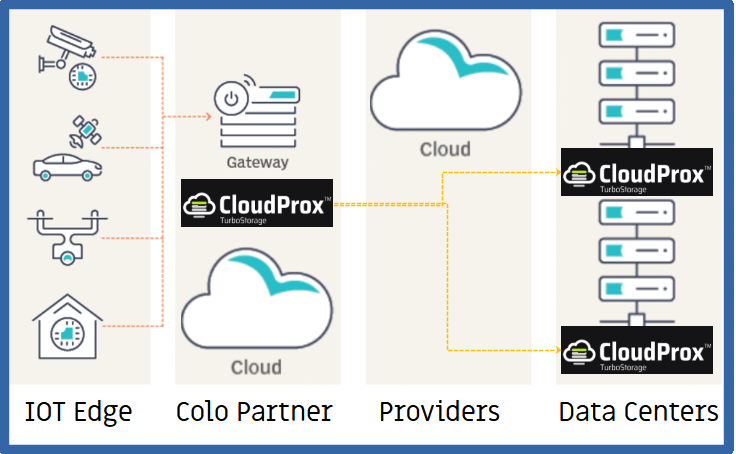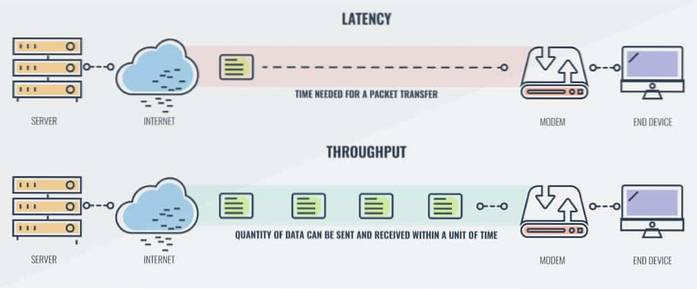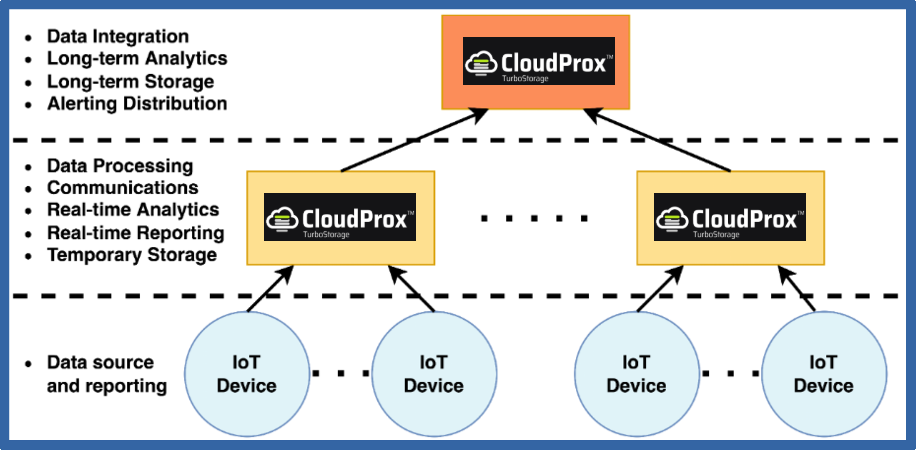Reducing CX Latency
CIOs interested in reducing the latency with in their Customer Experiences can rely on CloudProx TurboStorage to shorten end to end read and write delay between data block transfers which are typically set to 4K data block sizes for users accessing records in databases, these days found in a Linux system configured block storage volume.
The 4K data block size is also used to stream ‘Video + Voice’ content read from so called unstructured ‘Big Data’ sources, where the latter is served from SAN Arrays made up of FLASH Storage to the end user over the WAN to workers remotely located away from the Enterprise Data Center.
For CIO’s requiring their applications to have consistent real time performance because of their “IoT Analytics” mission critical nature, TurboStorage is configured in smaller volume block sizes 2K or less to 2X+ speed both IoT local Colo Cloud Edge and Data Center read and write operations triggered by the IoT client software using small packet payload sizes, often 256bytes in size sometimes less.
Smaller 2K or less block size configured volumes are typically used to serve cloud edge IoT data collection, local write to logging, the in-memory forwarding to both Dashboard monitoring and permanent centralized DC logging operations, where overall ‘tail latency’ for short messages produced by such edge devices must reach the Administrator’s Dashboard and the orchestration server so action is taken safely within the allowed RT real time window.
Regardless, TurboStorage in SAN Array Hardware Appliance or DAS Integrated Software form are easily configured to deliver the least amount of ‘tail latency’ to and from your cloud edge and data center located FLASH storage systems serving IoT Analytics.



